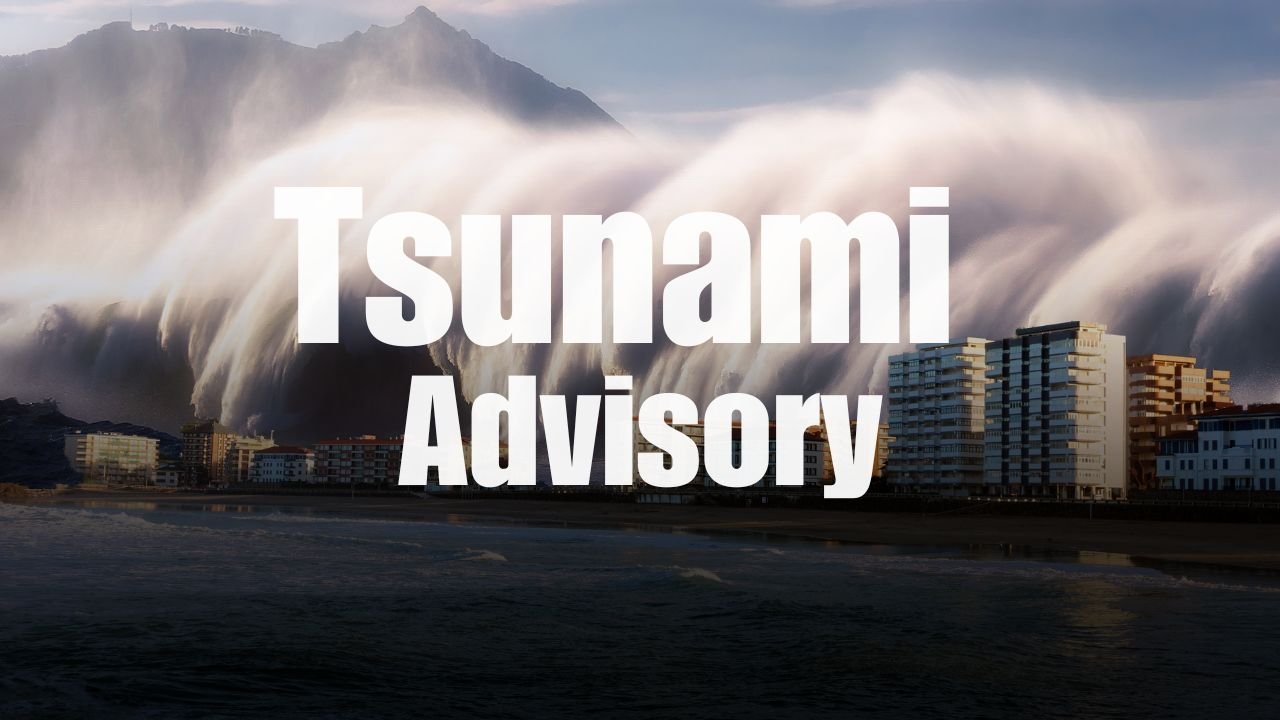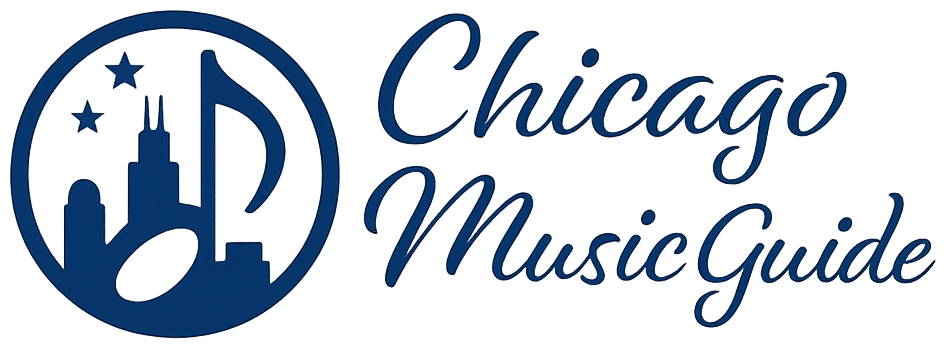Tsunami Advisory Canceled After 7.3 Earthquake Off Alaska Coast Shakes Southern Communities

ANCHORAGE, AK — A powerful magnitude 7.3 earthquake struck just off Alaska’s southern coast on July 16, briefly triggering a tsunami warning and forcing several communities to evacuate toward higher ground. The advisory was canceled within hours, but the quake left behind a series of aftershocks and raised national concerns over coastal readiness.
The Quake and Immediate Alerts
The quake was recorded at 12:37 p.m. local time, southeast of Sand Point in the Aleutian Chain, according to the U.S. Geological Survey. The tremors were reportedly felt throughout the Alaska Peninsula and parts of southern mainland Alaska, including areas closer to Anchorage.
The National Oceanic and Atmospheric Administration (NOAA) issued a tsunami warning shortly after the quake, alerting regions from Kennedy Entrance (near Homer) to Unimak Pass, covering nearly 700 miles of coastline.
Evacuations and Coastal Concerns
Communities in areas such as Sand Point, Cold Bay, and Kodiak were urged to move inland and to higher ground, as noted by the Anchorage National Weather Service. Emergency messages were also sent to residents’ mobile devices — including in Anchorage, which later confirmed no threat to the city.
By 2:43 p.m. local time, the National Tsunami Warning Center canceled the advisory, saying that water levels had subsided and no destructive tsunami was expected to reach shore.
What Defines a Tsunami Alert?
The National Weather Service identifies four levels of tsunami communication:
- Tsunami Warning: “Take Action — Danger!” A tsunami that could cause flooding and damage is expected or occurring.
- Tsunami Advisory: “Take Action.” Strong currents or waves dangerous to swimmers and boats are likely.
- Tsunami Watch: “Be Prepared.” A tsunami may occur based on a distant earthquake.
- Tsunami Information Statement: “Relax.” An earthquake has occurred, but there’s no current threat.
In this case, the initial warning was later downgraded to an advisory before being completely lifted.
Aftershocks Continue Near Sand Point
Following the initial quake, the Alaska Earthquake Center recorded at least 20 aftershocks, including a magnitude 5.2 event just over 60 miles south of Sand Point. At least five of these aftershocks exceeded magnitude 4.0, the center confirmed in its public updates.
According to Michigan Technological University, earthquakes ranging between 7.0 and 7.9 are considered “major” and capable of serious regional damage. On average, only 10 to 15 such quakes are recorded globally each year.
No Threat to Hawaii or U.S. West Coast
Although alerts were issued in Alaska, officials in Hawaii and Washington state clarified that no tsunami danger was expected in those areas. The Oʻahu Department of Emergency Management issued a statement confirming no impact, and Washington’s Emergency Management Division echoed that finding after reviewing real-time tsunami buoy data.
Have You Experienced an Earthquake or Tsunami Alert?
Whether you’re on the West Coast, in Alaska, or simply earthquake-curious — tell us: have you ever received a tsunami alert on your phone? What would you do in the moment? Share your insights in the comments at ChicagoMusicGuide.com.
